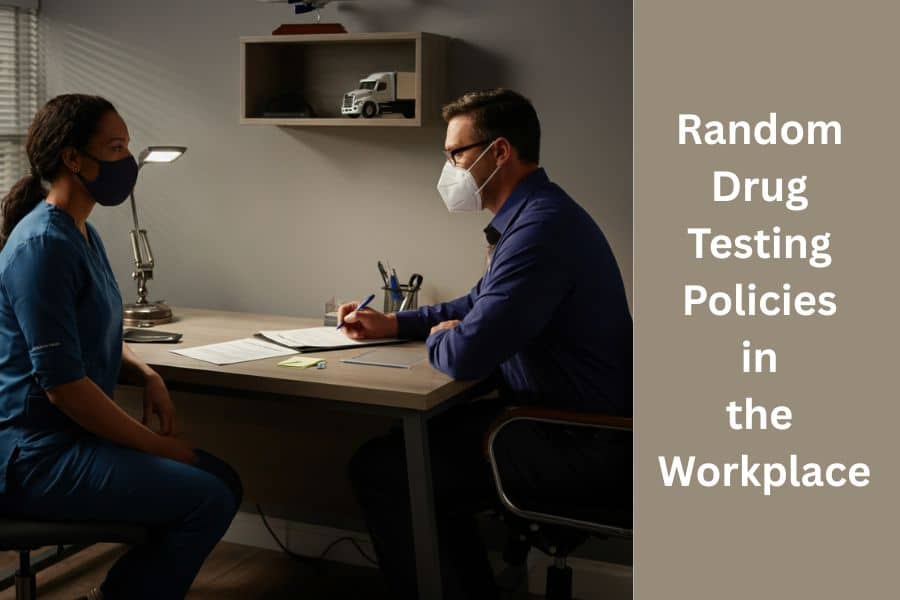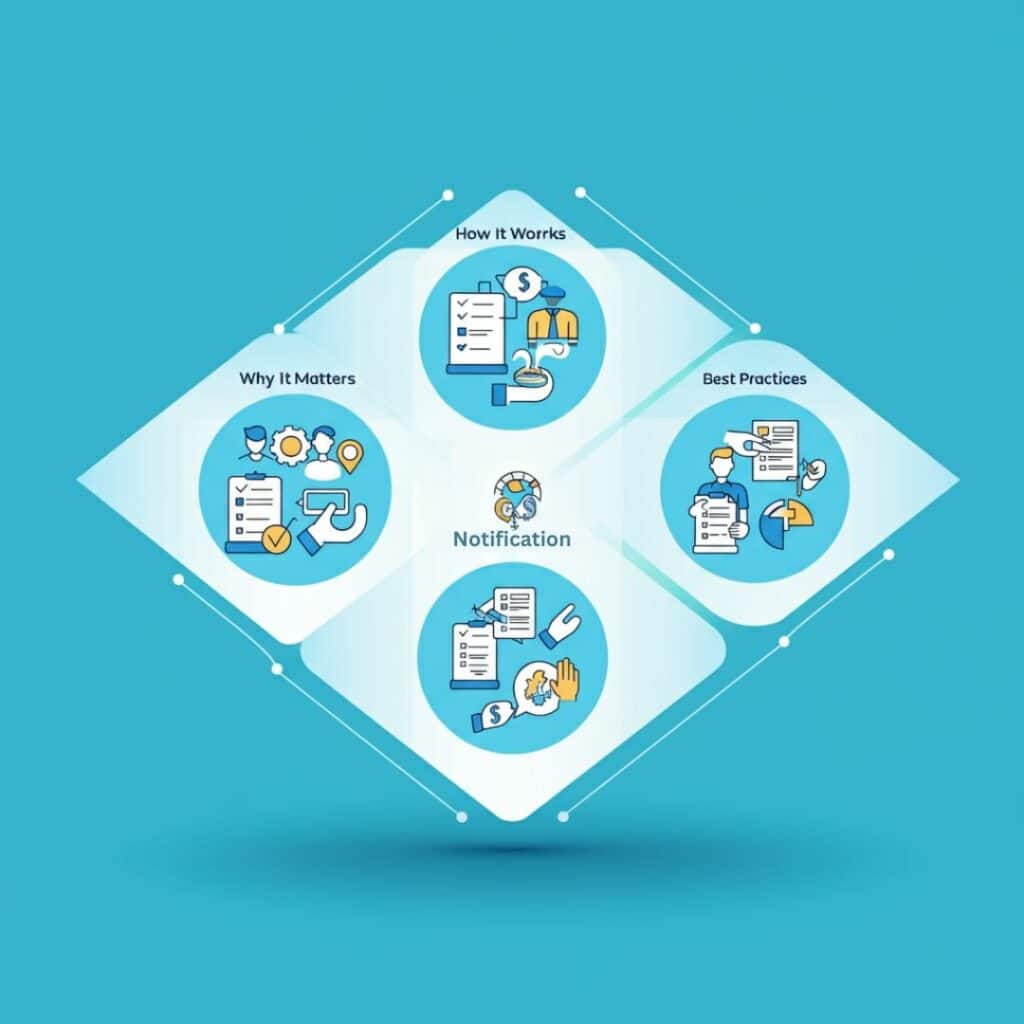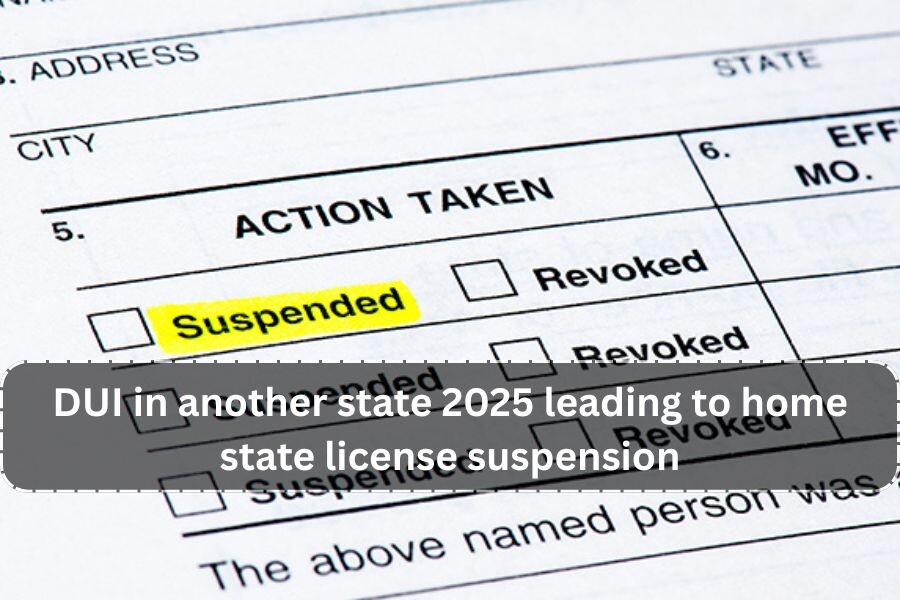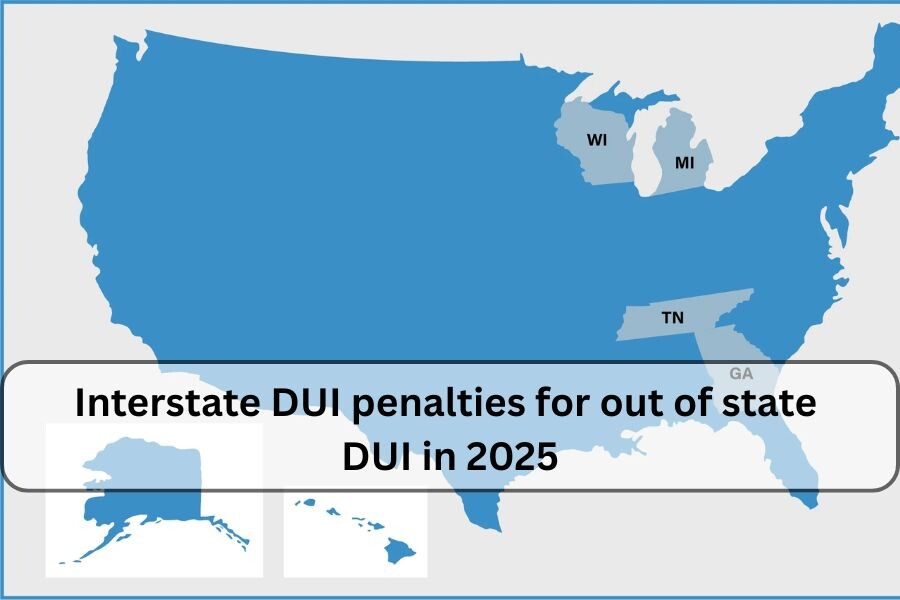A drug-free workplace is critical for maintaining safety and productivity, particularly in safety-sensitive industries. However, as drug testing methods have evolved, so have the tactics used by individuals attempting to cheat drug tests. One method that has gained popularity is the use of synthetic or fake urine. This raises an important question for employers and HR professionals enforcing workplace drug policies: Can entities like DISA detect fake urine?
The answer is yes, DISA employs advanced screening technologies and processes specifically designed to detect synthetic urine and maintain the integrity of drug testing.
How Fake Urine Threatens Workplace Drug Testing
Fake urine is a product designed to mimic real human urine’s physical and chemical properties. It contains elements like creatinine, yellow colouring, and sometimes uric acid. While synthetic urine has legitimate uses in scientific research and product testing, it has become a tool for individuals to bypass drug tests.
This poses a significant challenge for employers, as undetected substance abuse could put workplace safety at risk. Employees working under the influence of drugs are more prone to accidents, injuries, and decreased productivity, which has serious implications for industries such as transportation, construction, and manufacturing.

Methods DISA Uses to Detect Synthetic Urine
DISA Global Solutions, a leader in employee screening and compliance services, has implemented rigorous quality control measures to combat the use of fake urine.
Here’s how their methods ensure accurate drug test results:
1. Advanced Screening Technology
DISA collaborates with laboratories that utilize cutting-edge technology that is capable of identifying synthetic urine. For example, these labs are equipped to detect inconsistencies in a urine sample’s chemical makeup or temperature. Body temperature is essential, as fake urine is often stored and may not match human body temperature during testing. Additionally, these technologies can spot discrepancies in levels of creatinine, pH, and specific gravity, which are key indicators used to ensure the authenticity of a sample.
You can learn more about DISA’s advanced processes on their official page discussing synthetic urine detection.
2. Temperature Regulation
One common way individuals attempt to avoid detection is by manually heating synthetic urine to make it appear more realistic. However, drug test collection centres often measure the temperature of the sample immediately after it is provided. It is likely flagged for further investigation if it falls outside the normal range for human urine (90-100°F).
3. Observation and Chain of Custody Procedures
DISA ensures that drug testing is conducted in a highly controlled environment. Observation methods and strict chain-of-custody protocols dissuade tampering or substitution during the sample collection process. By creating a secure environment, opportunities for individuals to sneak in synthetic urine are limited.
4. Chemical Composition Analysis
Not all fake urine products can match the complexity of real urine. Labs working with DISA perform detailed analyses to detect abnormalities in chemical composition. If trace elements or substances typically found in authentic urine are absent, the sample may be flagged as synthetic.
5. Detection of Adulterants
Certain fake urine products come with substances designed to evade detection. DISA labs are trained to identify these additional adulterants, ensuring their testing measures stay ahead of evolving drug test evasion tactics.
For further details on the methods used, visit their blog on fake urine and drug test abuse.
Challenges Posed by Fake Urine
While advancements in screening technology have made it harder for individuals to succeed in cheating a drug test, there are still challenges employers face:
Accessibility of Fake Urine
- Simply searching the internet or visiting a local head shop can allow someone to obtain synthetic urine kits. These kits often contain detailed instructions on mixing and heating the sample to appear legitimate, making them deceptively easy to use.
Legal and Ethical Dilemmas
- Some fake urine kits are marketed as novelty or fetish items, raising legal questions about their intended use. Employers may struggle to enforce policies when the products are not outright banned.
Increasing Sophistication
- As screening technology evolves, so does the quality of synthetic urine products. Some newer versions mimic human urine’s chemical and physical properties more closely, requiring constant updates to testing methodologies.
Why Detecting Fake Urine Matters for Workplace Safety
The use of fake urine doesn’t just jeopardize the integrity of drug testing. It can also create unsafe working conditions, especially in industries where impaired performance could lead to catastrophic consequences. For instance, an intoxicated operator of heavy machinery or a driver under the influence could endanger not only themselves but also their coworkers and the public.
By ensuring their drug testing protocols can detect synthetic urine, companies like DISA play an essential role in fostering a culture of safety and accountability. Employers that partner with DISA can trust that the results they receive are accurate and reliable, reducing their risk of hiring or retaining impaired employees.
Final Thoughts
The ingenious methods of detecting synthetic urine exemplify DISA’s commitment to maintaining drug testing integrity. With their advanced screening technologies, quality control processes, and secure testing environments, DISA ensures that fraudulent samples don’t compromise workplace safety.
Employers concerned about the challenges associated with fake urine should consider outsourcing their drug testing needs to trusted providers like DISA. By doing so, they can rest assured that their policies are enforced effectively, allowing them to focus on creating a safe and productive workplace for everyone.
For more insights into drug testing processes or to see how DISA can help your organization, visit their Drug and Alcohol Testing FAQ.
Reference Article


















